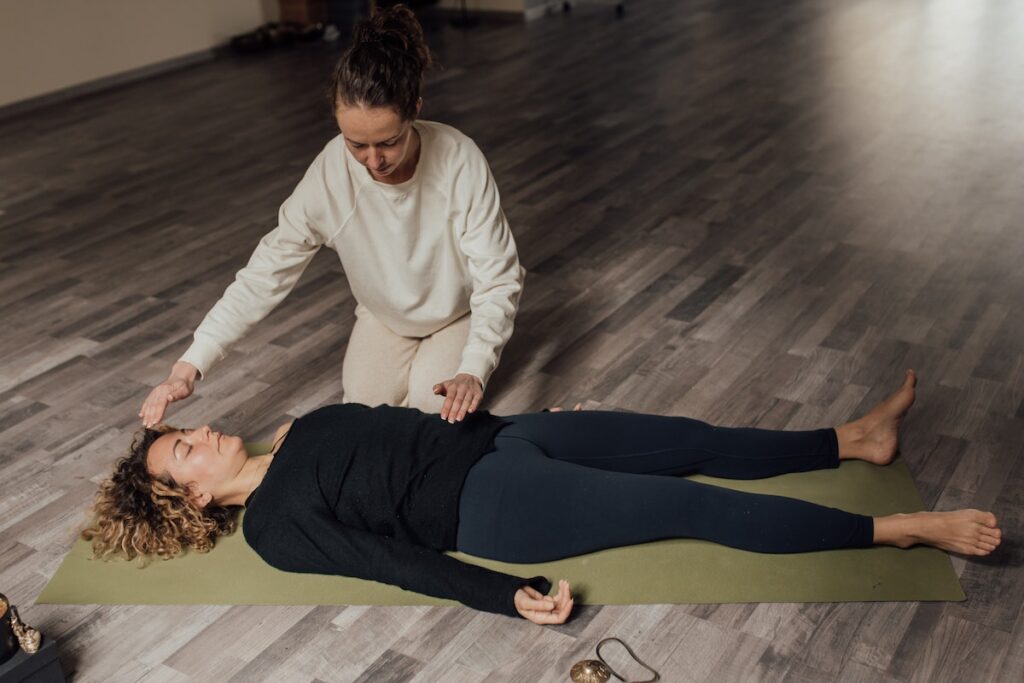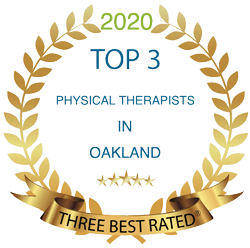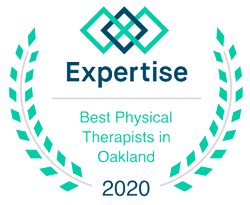Introduction
After childbirth, many mothers face challenges regaining their strength and physical well-being, often experiencing symptoms like pelvic pain and weak pelvic floor muscles. One essential part of recovery is postpartum pelvic floor therapy. This specialized treatment includes pelvic floor physical therapy to help women rebuild the core muscles affected during pregnancy and childbirth. Mothers can address these common issues by understanding and engaging in this targeted approach, taking proactive steps towards a more comfortable and confident life. This blog post will explore what pelvic floor therapy is, its benefits, when to start, and how to find professional help.
What is pelvic floor therapy for postpartum?
Pelvic floor therapy for postpartum is a specialized form of physical therapy to strengthen the muscles that support the pelvic organs. These muscles can be weakened or damaged during childbirth, especially after a vaginal delivery. Pelvic floor dysfunction may lead to uncomfortable and often distressing symptoms like urinary incontinence. By targeting these specific areas, pelvic floor therapy can alleviate symptoms, enhance comfort, and restore normal function. This therapy is particularly beneficial for mothers who have experienced complications related to vaginal delivery, providing a path toward recovery and renewed strength.
The pelvic floor muscles support pelvic organs such as the bladder, uterus, and rectum. During childbirth, particularly with vaginal delivery, these muscles can stretch or tear, leading to pelvic organ prolapse, where the organs drop from their normal position. Additionally, the strain on the body during childbirth can impact abdominal muscles and lead to scar tissue formation. This can cause discomfort, reduced mobility, and other physical challenges. By addressing these specific concerns through targeted exercises and manual therapies, pelvic floor therapy aims to restore the strength and function of these crucial muscles and tissues, enhancing the overall recovery process for new mothers.
Benefits of Postpartum Pelvic Floor Therapy

The benefits of postpartum pelvic floor therapy extend beyond physical wellness. Mothers can regain control and confidence in their bodies by working with a trained professional. The therapy helps with urinary and bowel control and improves sexual function and overall muscle tone.
When to Start Pelvic Floor Therapy
When to start pelvic floor therapy after birth can vary for each individual. Some women might begin gentle exercises within the first few weeks, while others might wait longer. Communication with healthcare providers, such as obstetricians or midwives, can guide mothers in deciding the right time. To understand more about this crucial time, visit the U.S. Department of Health & Human Services website.
Types of Postpartum Pelvic Floor Therapy
Various postpartum pelvic floor therapy types are available to suit individual needs and preferences. These may include manual therapy, biofeedback, functional retraining, and more, often conducted by pelvic floor physical therapists. Pelvic physical therapy, in particular, is a specialized approach that focuses on hands-on techniques and exercises guided by a skilled pelvic floor physical therapist. This targeted therapy ensures a tailored plan that accommodates specific concerns and goals, promoting an efficient and effective recovery process for mothers after childbirth. To explore detailed exercises and techniques tailored for postpartum recovery, you can find specialized postpartum workout plans and resources that support your journey.
Managing Stress and Mental Health

Along with physical healing, emotional well-being plays a vital role in recovery. Engaging in postpartum pelvic floor therapy can reduce anxiety and stress, offering a sense of accomplishment and body awareness. Mental health support can complement physical therapy, creating a holistic healing process.
For many new mothers, the physical changes experienced after childbirth can be overwhelming and may lead to feelings of disconnect or dissatisfaction with one’s body. Working with a pelvic floor specialist allows women to reclaim control and confidence in their physical selves. By combining therapy for pelvic organs, muscles, and tissues with mental health support, a comprehensive approach to postpartum recovery is achieved. This synergy between physical and emotional healing helps build resilience, self-acceptance, and a positive outlook, which is essential in the journey back to health and well-being after childbirth.
Common Myths and Misconceptions
Many myths surround pelvic floor therapy postpartum. Some believe it’s only for those with severe issues, while others think it’s too late to start after a certain point. However, pelvic floor therapy can be beneficial at various stages and for different needs. Consult with healthcare providers to find the best approach and check with institutions like MedlinePlus for reliable information.
Professional Help: Seeking a Pelvic Floor Therapist

When to see a pelvic floor specialist after birth is a common question among new mothers. A specialist can assess individual needs and create a personalized plan. Many resources can help find the right therapist, including referrals from healthcare providers or visiting educational websites and resources provided by reputable medical institutions.
Taking the Next Step with Pelvic Floor Therapy
Postpartum pelvic floor therapy offers new mothers a path to physical recovery and emotional well-being. Mothers can regain strength and confidence in their bodies by understanding the therapy, knowing when to start, and seeking professional help. The process doesn’t have to be complicated; with the right guidance, healing can be an empowering experience.
The journey to recovery after childbirth is deeply personal, filled with challenges and triumphs. Postpartum pelvic floor therapy is more than just a physical rehabilitation process; it’s a way to rebuild connection and confidence in one’s body. From alleviating symptoms of pelvic floor dysfunction to strengthening weakened muscles and offering mental support, this therapy encompasses a holistic approach that can truly transform a new mother’s life.
If you or someone you know is considering postpartum pelvic floor therapy, don’t hesitate to contact professionals who can guide you. With compassionate care and expert knowledge, Life In Motion Physical Therapy is committed to helping mothers regain their strength, health, and sense of self. Taking the first step toward healing can make a difference, and the dedicated team at Life In Motion is here to support you every step of the way. Contact us today to begin your empowering journey back to wellness.
Cheers,
Logan Lynch
Owner & Head Clinician at Life In Motion Physical Therapy




